Efforts of Grace, Inc. was coaxed into existence in 1993 by members of the African-American community who were concerned about complicated, stereotypical and negative images that had become popular subject matter for contemporary art exhibits in white-controlled organizations in New Orleans in the early 1990s. The concern was so great that a number of individuals, organizations, educators, and families raised money and urged artist Douglas Redd and writer/producer Carol Bebelle to create and exhibit a more positive and inspiring view of African Americans for New Orleans. The result was an installation named Efforts of Grace (EOG).
The early history of EOG was dominated by community visual art and eventually performance art projects that toured throughout the South. Over time, five self-contained installations were developed by Redd and Bebelle. The themes of the works were the story of people of African descent’s struggles in America and their hopes and dreams for a better life. The exhibits were called Efforts of Grace, Grace under Fire, Savin' Grace, Throne of Grace, and Amazing Grace. In the process of developing and traveling these exhibitions and their performance components throughout the Southeastern United States, it became obvious that there was a need to develop an organizational structure to support them.
Redd and Bebelle became the founders and directing team of the new organization, which was named Efforts of Grace by Jerome Smith, a New Orleans community-based leader and noted Civil Rights Movement hero. Soon after incorporating, the need to find space to rehearse, store, present, and continue creating became so critical that it was clear that EOG required a home of its own.
In December of 1998, through the blessings of friends and the good fortune of networking, EOG was able to lease its current space on Oretha Castle Haley Boulevard and the Ashé Cultural Arts Center was established. After opening the doors for business, it was soon discovered that many others were faced with the issue of a lack of space for furthering their efforts. The physical (Central City), affiliation (art and cultural workers and organizations), and alliance communities (schools, churches, community organizations, etc.) all needed space, too.
Ashé Cultural Arts Center was available, accessible and flexible enough to accommodate a wide range of activities, from Undoing Racism workshops to Teacher Corps training, art exhibits, theater, New Orleans Police Department award programs, an anniversary remembrance of a Black Panther Party standoff with the police, community planning meetings and family gatherings to celebrate births, marriages and final goodbyes.
The initial concept of a welcoming place where folks could meet with regularity to plan and to create art soon included productions, art exhibits, community events and gatherings. This basic foundation led to a natural and easy evolution that has created its own organic path for growth. The progress has led to a strengthening of commitment to culture, community and art in general, while expanding the opportunities for the intersections of the physical, affiliation and alliance communities.
The core values that guide EOG and Ashé are:
Collaboration
Community-based Connectedness
Community Advocacy
Community Dialogue
Cultural Reciprocity and Justice
Economic and Community Development
Despite New Orleans being a close-knit community, and the fact that Central City is "smack dab" in the middle of town, adjacent to some of the most active areas of New Orleans–-the Central Business District, the civic district, the Garden District, and the arts district-–it has been, unfortunately, isolated from economic opportunity and the paths of upward mobility. As a result, it has been extremely important for this organization to foster and participate in community organizing and networking efforts in Central City to improve the opportunity to connect with and access mainstream opportunities.
